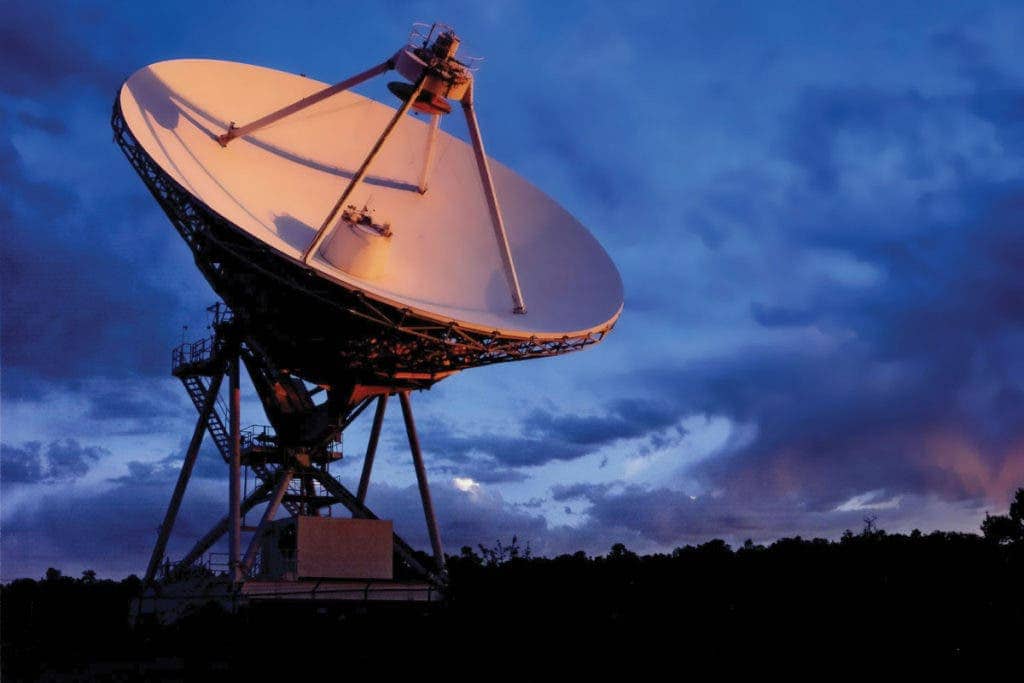After more than a decade of work, astronomers report the first measurement of the orbital motion between two supermassive black holes. The ungodly pair is found roughly 750 million light-years from Earth at the heart of a galaxy called 0402+379 and their cosmic dance could shed fundamental secrets about the nature of galaxies and how supermassive black holes form.
It takes two to tango

“For a long time, we’ve been looking into space to try and find a pair of these supermassive black holes orbiting as a result of two galaxies merging,” said University of New Mexico Professor Greg Taylor. “Even though we’ve theorized that this should be happening, nobody had ever seen it until now.”
Last year’s landmark discovery was the detection of gravitational waves by scientists working with the LIGO project. The discovery confirmed a 100-year-old prediction put forth by Albert Einstein on the basis of his theory of general relativity. Gravitational waves transport energy as gravitational radiation, a form of radiant energy similar to electromagnetic radiation, and the waves recorded by LIGO were the result of two stellar-mass black holes colliding in space.
Thanks to this groundbreaking research published in the Astrophysical Journal, we will be able to understand what processes lead to the merger of supermassive black holes that create ripples in the fabric of space-time.
To capture this unique event, the astronomers turned to the Very Long Baseline Array (VLBA), which is a system made of 10 radio telescopes scattered across the U.S. that act in unison. As early as ten years ago, the researchers were able to record several radio signal frequencies which the supermassive black holes emit. In time, the black holes’ trajectories were plotted, which confirmed we were dealing with a binary system — two black holes orbiting each other.

“When Dr. Taylor gave me this data I was at the very beginning of learning how to image and understand it,” said graduate student Karishma Bansal . “And, as I learned there was data going back to 2003, we plotted it and determined they are orbiting one another. It’s very exciting.”
A slow dance
The discovery is the smallest ever recorded movement of an object across the sky, also known as angular motion. That’s because the black hole pair’s orbital period is around 24,000 years so even though astronomers observed the black holes for well over a decade, they were only able to discern the slightest curvature in their obit.
“If you imagine a snail on the recently discovered Earth-like planet orbiting Proxima Centauri – a bit over four light years away – moving at one centimeter a second, that’s the angular motion we’re resolving here,” said Roger W. Romani, professor of physics at Stanford and co-author of the paper.
The two supermassive black holes have a combined mass of about 15 billion times that of our sun or 15 billion solar masses. That in itself is striking but it’s the technique which made the observation possible that’s of the most interest. Similar work will allow us to understand supermassive black holes and the galaxies they reside within, including our very own Milky Way. For instance, both the Andromeda and the Milky Way Galaxies each have a supermassive black hole at their center. In a few billion years from now, the two galaxies will collide and their two supermassive black holes should merge in an event similar to the one observed presently.
“Supermassive black holes have a lot of influence on the stars around them and the growth and evolution of the galaxy,” explained Taylor. “So, understanding more about them and what happens when they merge with one another could be important for our understanding for the universe.”






